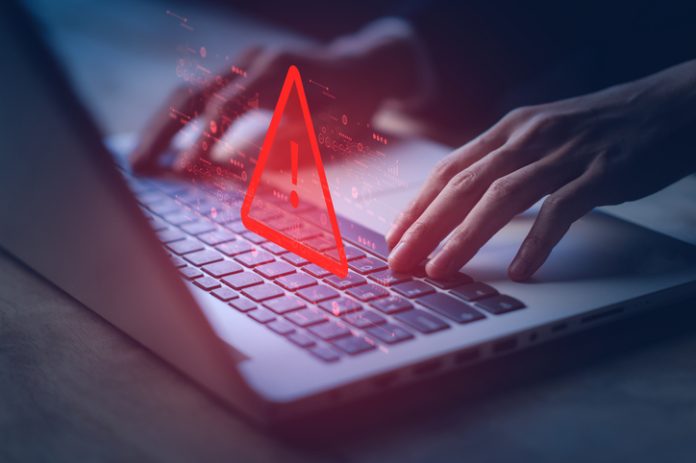Privacy advocates and lawmakers are raising alarm bells as the number of connected devices collecting personal data explodes across homes, healthcare systems and transportation networks. With 75 billion connected devices expected by 2025, the expanding data collection has prompted stricter legislation and heightened enforcement efforts.
The proliferation of smart home devices has reached a tipping point. U.S. households now own an average of 21 connected devices covering 13 device categories, with over 57% of U.S. households expected to have at least one smart home device by 2025. These devices, ranging from smart speakers to security cameras, continuously gather data about daily routines, conversations and behaviors.
Health Data Under Scrutiny
The healthcare sector represents one of the fastest-growing areas of concern. The global connected health market is projected to reach $421.5 billion by 2031, driven by devices like continuous glucose monitors, smart blood pressure cuffs and wearable heart trackers that transmit sensitive medical information.
More than one-third of U.S. adults now use smartwatches or fitness bands, with nearly 80% of device owners willing to share their data with medical providers. This willingness to share comes as medical device connectivity market projections indicate an increase from $2.35 billion in 2023 to $8.84 billion by 2029.
Edge Computing Amplifies Risks
The shift toward edge computing—processing data closer to where it’s generated rather than in distant data centers—has created new vulnerabilities. Gartner predicts that by 2025, 75% of enterprise data will be handled at the edge, a significant increase from just 10% in 2018.
Security experts warn that edge computing faces cybersecurity challenges at scales never before seen due to the hyperconnectedness of IoT (Internet of Things) devices along with resource-poor attributes. The distributed nature of edge systems makes them harder to monitor and secure than traditional centralized data centers.
Legislative Response Intensifies
States are responding with unprecedented regulatory activity. Seven states enacted new comprehensive privacy laws in 2024, and four states’ comprehensive privacy laws took effect. With 11 new comprehensive privacy laws slated to take effect in 2025 and 2026, 20 states and approximately half of the U.S. population will be covered.
The enforcement landscape is also shifting. Several states have begun “staffing up” with the goal of bringing more data privacy enforcement in 2025, and some no longer have mandatory cure periods, meaning companies may not have the luxury of fixing violations before they face fines.
Security Breaches Mount
The risks are already materializing. A third of smart home device consumers reported being the victim of a data breach or being scammed in the previous 12 months. The more devices a household had, the more likely they were to fall victim to a data breach.
Research shows that homes with connected devices can be the targets of thousands of malicious attacks by hackers each week. Despite these risks, 77% of people who own smart home devices say the technology has positively impacted their quality of life.
Commuting Data Collection Grows
Transportation represents another expanding frontier for data collection. Connected vehicles, ride-sharing apps and public transit systems increasingly track location data, travel patterns and personal preferences. This information can reveal intimate details about individuals’ daily lives, work locations and personal relationships.
Northeast Ohio Residents Face Growing Scam Threat as National Losses Reach Record Highs
User Expectations Evolving
Consumer attitudes toward privacy are hardening. In 2023, 62% of smart home device users expressed concern over device security, 10 percentage points higher than in 2022. However, 41% said they disliked the device management required, such as troubleshooting, updating, and dealing with security requirements.
The tension between convenience and privacy continues to drive regulatory action as lawmakers attempt to balance innovation with protection of personal data. The coming year will likely see intensified enforcement efforts as new state laws take effect and regulators test their expanded powers.
How Northeast Ohio Residents Can Protect Themselves From Scams
Discover more from Northeast Ohio News
Subscribe to get the latest posts sent to your email.











